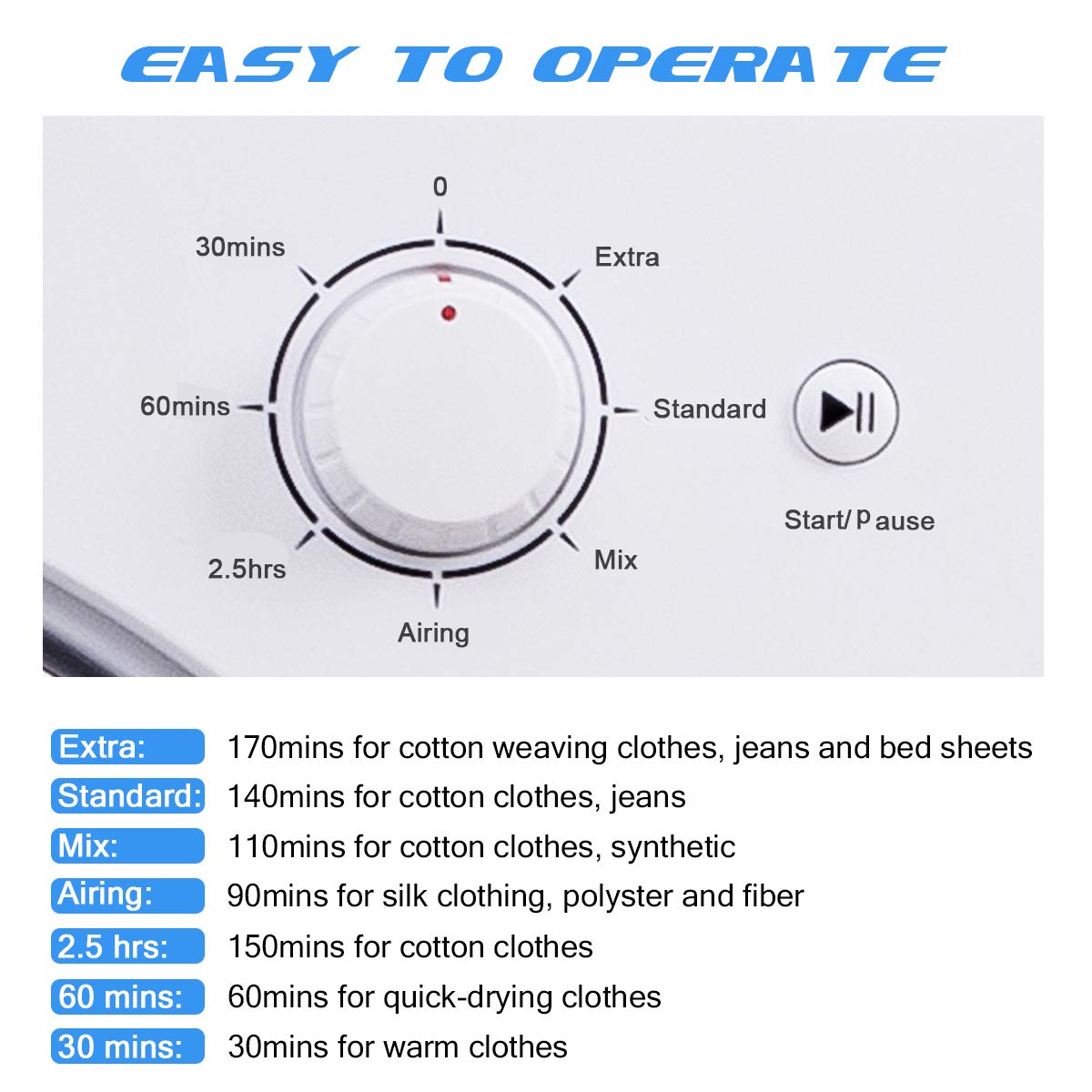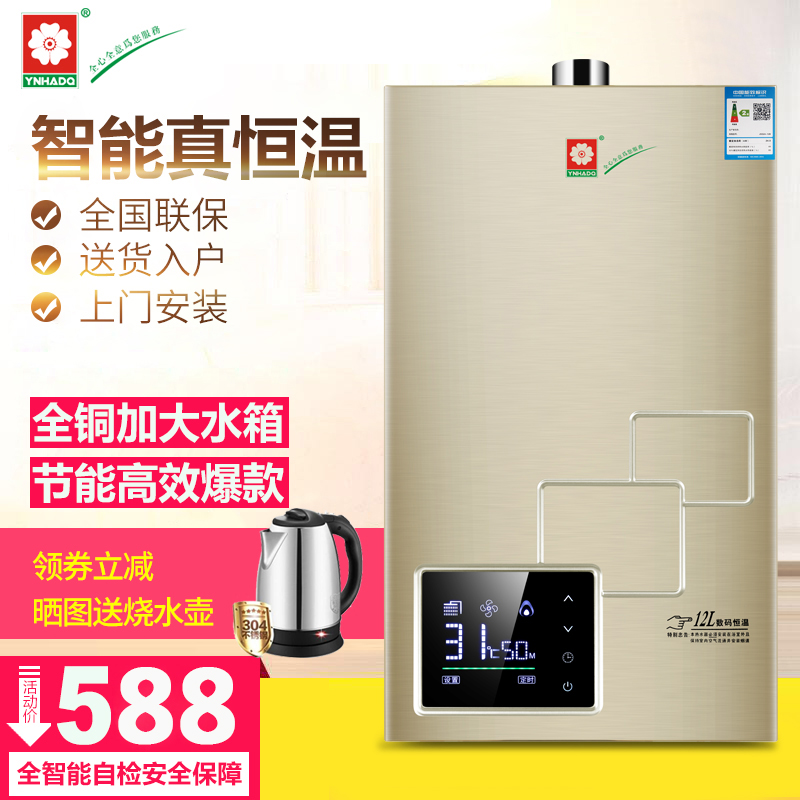
The list below features more information on these common Costway oven problems, along with the best possible fix for them. This includes issues that are commonly encountered by users of these devices and are likely being faced by you as well, if you’re one of said users that is. We’re here to discuss some issues commonly found in a most of the popular Costway ovens out there today. This includes many problems that might make it impossible for you to use the appliance. They’re reliable when it comes to the things that they do, but there are some occasional hurdles that users might face. While most brands out there that have a major focus on ovens usually focus on things like gas ovens, large electric ovens, and more of the sort, Costway actually focuses on toaster ovens, microwave ovens, air fryer ovens, etc.Īll of these devices are very similar to each other in the way that they work and their components, but at the same time they’re entirely different in their usage. To go from Fahrenheit to Celsius, take 30 off the Fahrenheit value, and then half that number.įor a 100% accurate answer, subtract 32 and divide by 1.Costway is a brand unlike others when it comes to ovens. It's not a difficult extra step, but it seems to be something that can cause confusion. If we pegged absolute zero to be 0☏, 0☌ and 0K, converting between them would be much easier, but Fahrenheit and Celsius were defined before we could tell where absolute zero was, and as a result Fahrenheit, Celsius and Kelvin all start from different values.īecause these temperature units don’t share a common zero point, we need to add or subtract an offset before we do our division or multiplication. Temperature units aren't built in the same simple way, because they don't all start in the same place at zero. Because they both start at zero, the formula to convert between the two very easy (in = cm * 0.39370) So we can say that adding 1 inch is the same as adding 2.54 centimetres. The relationship between an inch and a centimetre is that 1 inch is 2.54 centimetres. The only difference between adding one inch or one centimetre is the amount of distance we're adding. Similarly, to go from zero centimeters to 1 centimeter, we need only add 1 centimeter. Taking inches and centimeters as an example, to go from zero inches to 1 inch we need to add one inch. Zero centimeters = zero meters = zero inches. We all know exactly how long zero centimeters or inches is, and can convert zero of any of those units into another type of unit very easily. have one thing in common – their values all start from zero. Most things we measure – length, width, time etc. Fahrenheit to Celsius formulaġ.8000 Why is converting Fahrenheit to Celsius so complicated? One degree Celsius is equal to one Kelvin, so we can say that the boiling point of water is equal to 273.15 + 100 = 373.15 Kelvin. The scientific definition of Celsius is now defined against degrees Kelvin. At the other end of the scale, 100 degrees Celsius is the boiling point of water. The Celsius scale is nowadays set in such a way that Zero degrees C is the temperature at which ice melts (note : not the temperature at which it freezes, which is different!). Normal body temperature is considered to be 98.6 ☏ (in real-life it fluctuates around this value). Boiling and freezing point are therefore 180 degrees apart. In the Fahrenheit scale, water freezes at 32 degrees, and boils at 212 degrees. Note that this value isn’t perfect, but it might save you having to reach for a calculator (or our site!) Absolute Zero Simply take 30 off the Fahrenheit value, and then half that number.

There's a simple rule to convert Fahrenheit to Celsius that should be good enough for general use.

Quick and easy Fahrenheit to Celsius conversion


 0 kommentar(er)
0 kommentar(er)
